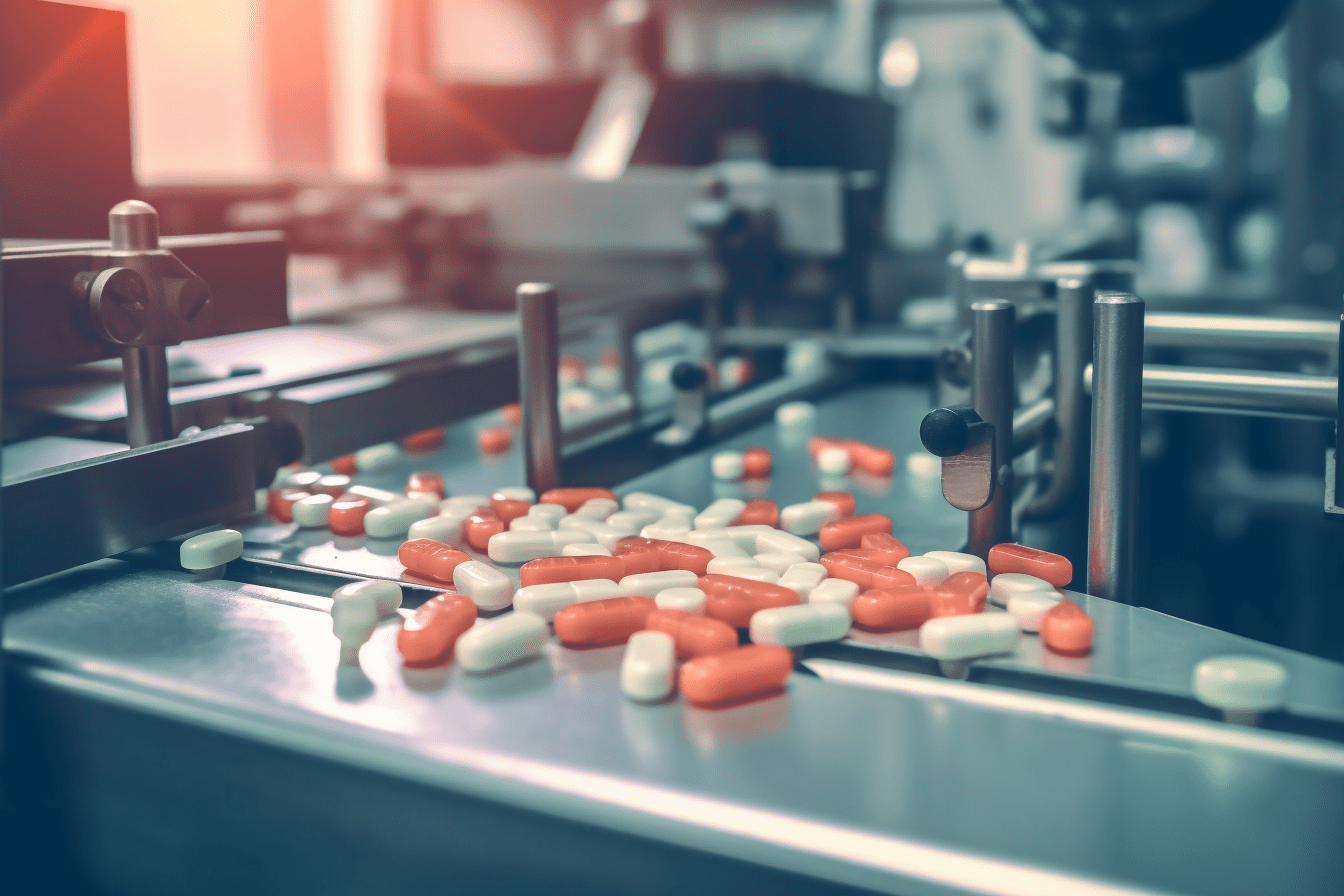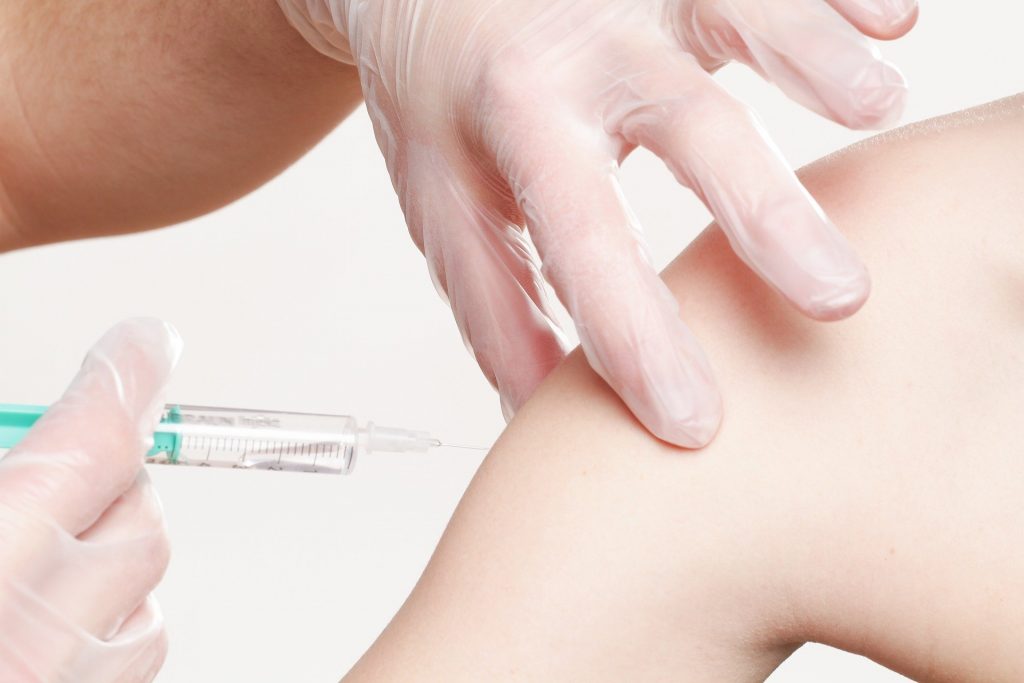Trending Innovations in Cold Chain Processes
 5 years ago
By Josh Neil
5 years ago
By Josh Neil

As is increasingly known in the pharmaceutical industry, the rise in both trial costs and drug failures has seen a corresponding increase in the need for tight regulations and stricter procedures, to ensure the few successes are not further compromised. In the past, even drugs that reach manufacturing stages fail in particular climates and temperatures through unforeseen difficulties.
In addition, these falling returns means “acceptable loss” in a product batch is shrinking. This means greater attention must be paid to the status of drugs in transit, and continuous improvement in technologies and processes is vital. As the problems mount, cold chain processes have stepped in to help.
Offering a regulated, strictly monitored solution to temperature and humidity difficulties in manufacture and shipping, cold chain allows sensitive compounds to move across continents without loss of or damage to product through heat, humidity or other natural conditions.
The boom in the cold chain market, alongside increased regulator focus, has spurred on a leap in innovation and ingenuity. But it’s a necessity, too: the International Air Transport Association estimates that the pharma sector loses around $2.5-$12 billion every year due to temperature problems in transit. We decided to look at some of the most recent innovations in the important sector, and what is being done to improve the process.
What Is ‘Cold Chain’?
“Cold chain” or “temperature controlled” shipping refers to the entire process of protecting, storing and transporting pharmaceutical products under a specified temperature range. The process utilises cooling systems to ensure maintenance of temperature restrictions at all times, alongside product integrity and humidity. In the pharma sector, cold chain processes adhere to Good Manufacturing Practices (GMP), a series of standards enforced by regulatory bodies. This means they must allow no negative impacts on safety, quality or efficacy of drugs.
Cold chain provides enormous benefits for companies working within the pharma space. Vaccines, for instance, are now transportable to any country in the world, as are many other types of biological product. Most of these are in the early or development stages, and are temperature-sensitive. Should these become compromised during transport – as has occurred several times in the past – they can lose efficacy or even harm patients.
The cold chain industry has grown rapidly in the last few years. Changes in the pharma sector have directly driven this. Pharmaceutical products requiring refrigerated storage and transport are worth around $320 billion to the industry, and are set to rise by 70% between 2015 and 2021. Managing these products costs around $14 billion, with the value of such shipped products growing at around 10% annually.
Biopharma cold chain logistics are one of the biggest drivers of cold-chain innovation, too: while non-cold chain logistics are worth almost $80 billion, by 2021 cold chain biopharma sales are set to top $396 billion.
Globalisation
A number of innovations have been posited recently to deal with the increasing globalisation of manufacture and shipping. These can ensure temperature remains controlled at every single point from start to finish of the cold chain operation. The most comprehensive of these are ‘pharma corridors’, linking a number of locations via strict temperature controls.
Emirates’ cargo unit, SkyCargo, has already created a number of these corridors. Linked locations include Amsterdam, Cairo, Dublin, Luxembourg, Rome and Singapore. They operate under uniform standards that either meet or better the EU’s GDP rules, or IATA’s CEIV-Pharma guidelines.
Packaging and Shipping Integrity
Packaging has been a major focus of recent cold chain innovation. Moving away from older solutions such as dry ice, newer processes feature active temperature management, re-usability and improved cleaning procedures to ensure no cross-contamination.
Improving cleanliness can be a difficulty when packaging materials vary so strongly in integrity and reaction to cleaning liquids. Pulsed xenon-based ultraviolet light (PX-UV) disinfection has been recently employed as a solution. This has been shown to result in some cases in a 5-log CFU reduction of superbugs on spiked plates. Currently, Cryoport is developing this technology for its cryogenic and C3 shippers.
Companies have unveiled several new innovations recently in the area of protecting shipments from harm. These systems for the most part simply improve current systems, or provide a higher fine-tuning of requirements. Softbox, for instance, has released a number of new parcel shipping systems including Tempcell ECO and Silverpod MAX.
The former technology is a shipper made from recyclable corrugated paper materials. The shipper is able to control different temperature ranges from 0 – 30 degrees Celsius products. The latter is a high-performance shipper incorporating phase change materials and can maintain up to 96 hours of thermal protection. It can also enhance thermal performance and uses next-generation recyclable coolants.
Unveiled at the IQPC Temperature Controlled Logistics conference in January 2019, even newer styles of shipper are geared largely to ensuring unbroken cold chain regulation anywhere. One cold chain product allowed for 48-hour cooled delivery even without temperature-controlled vehicles. Another, a compact shipper, allowed fully-cooled last-mile delivery of a product to a patient’s home.
Data and Informatics
To ensure consistency and accuracy during shipping, data loggers for tracking package information are becoming increasingly accurate and holistic. While newer trackers can sense temperature, location, orientation, humidity, pressure and other measures, many use lithium metal or lithium ion batteries. These are classed as dangerous goods, and must meet a number of regulations when shipped by plane. Because this limitation may restrict the application of trackers in the future, alternative power sources are being eagerly sought.
The rollout of 5G-enabled sensors will soon allow stakeholders to see more data, in real time. It could also allow for greater vehicle-to-vehicle communications, a particularly vital technology as the world moves towards driverless systems.
Targeted Therapies and Specific Temperature Demands
Over the last few years, the increase in varied new medicines – such as biologics or personalised medicines – has led to broader temperature needs. Requirements range from ‘body temperature’ to ultra-frozen products at below -80 degrees Celsius.
The commonly-used packaging choice, semi-active packaging, is both economical and useful for short hauls. it is not self-regulating, however, and is often one-use, leading to environmental damage.
Newer solutions offer a great deal practicality, with an increase in cost. Most offer long-term temperature control, containing specific engineering to ensure a stable storage environment. Such innovations, including phase-change materials, offer five to seven times more efficacy than older alternatives.
In terms of advanced monitoring and data-logging, companies are increasingly adding GPS technologies and tracking equipment to newer shipping devices. These often feature shutdown mechanisms to enable safe flights, and provide real-time information on a package’s temperature, humidity and location.
Such innovations include the LOG-IC 360 Bluetooth Data Logger. This gives accurate readings on product temperature and humidity up to 300 feet from the product, with a temperature range of -20 to 70 degrees celsius. It also retrieves and stores relevant data on when and for how long the package was not in range of acceptable requirements.
Personnel
The key to solving the cold chain problem does not come down to technology alone. Given the increasing complexity and specificity of pharmaceutical companies’ demands, logistics organisations are increasingly having to become specialists themselves. Many shipping companies are becoming more proficient at tailoring specific selections for individual companies or products, rather than the more generic approach of selling set shipping packages.
This extra agility extends to the entire breadth of a shipping companies’ processes. Pharma companies are increasingly expecting multiple options for transport route and technology in case of natural disaster or disruption in the supply chain.
Staff roles, too, are changing. Good practices are needed across the hundreds of staff and workers required to run the cold chain process, all of whom must understand the package needs and correct procedures for ensuring requirements are never breached.
Regulators are stepping in to ensure this compliance is met. The IATA now promotes its own accredited scheme for companies in healthcare. CEIV Pharma has a voluntary certification scheme for staff to “improve competency, operational and technical preparedness” within the supply chain.
Joshua Neil, Editor
Proventa International

Enhancing Pharma Manufacturing Efficiency through Advanced Automation
In today's fast-paced pharmaceutical industry, efficiency plays a critical role in meeting the increasing demands for drugs and medical products. To achieve optimal efficiency, pharmaceutical manufacturers are turning to advanced automation solutions. Advanced automation encompasses cutting-edge technologies like robotics, artificial...
2 years agoEnhancing Pharma Manufacturing Efficiency through Advanced Automation
In today's fast-paced pharmaceutical industry, efficiency plays a critical role in meeting the increasing demands for drugs and medical products. To achieve optimal efficiency, pharmaceutical manufacturers are turning to advanced automation solutions. Advanced automation encompasses cutting-edge technologies like robotics, artificial...
2 years ago
DeepMind’s AI Predicts Structures for More Than 350,000 Proteins
In 2003, researchers sequenced approximately 92% of the human genome, a huge achievement and very recently researchers have completed the entire process. Now, the latest innovation in AI technology has predicted the structure of nearly the entire human proteome. The...
4 years agoDeepMind’s AI Predicts Structures for More Than 350,000 Proteins
In 2003, researchers sequenced approximately 92% of the human genome, a huge achievement and very recently researchers have completed the entire process. Now, the latest innovation in AI technology has predicted the structure of nearly the entire human proteome. The...
4 years ago
COVID-19 Booster Controversy: Disputes Across the Pharma Industry
Despite almost two thirds of the adult population in the UK having been vaccinated, cases are on the rise, which appear to be associated with the highly-transmissible delta variant of COVID-19. According to The European Centre for Disease Prevention and Control,...
4 years agoCOVID-19 Booster Controversy: Disputes Across the Pharma Industry
Despite almost two thirds of the adult population in the UK having been vaccinated, cases are on the rise, which appear to be associated with the highly-transmissible delta variant of COVID-19. According to The European Centre for Disease Prevention and Control,...
4 years ago